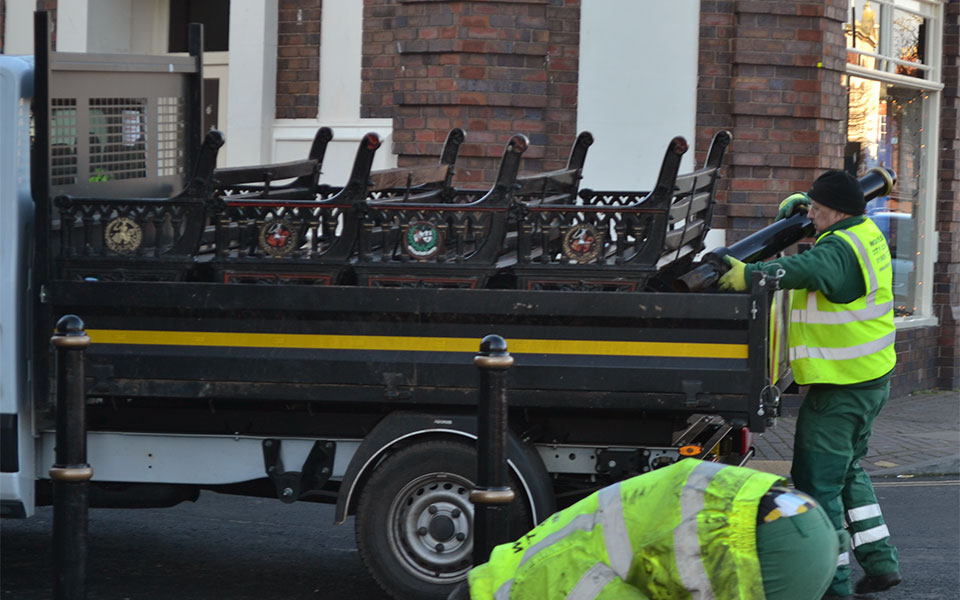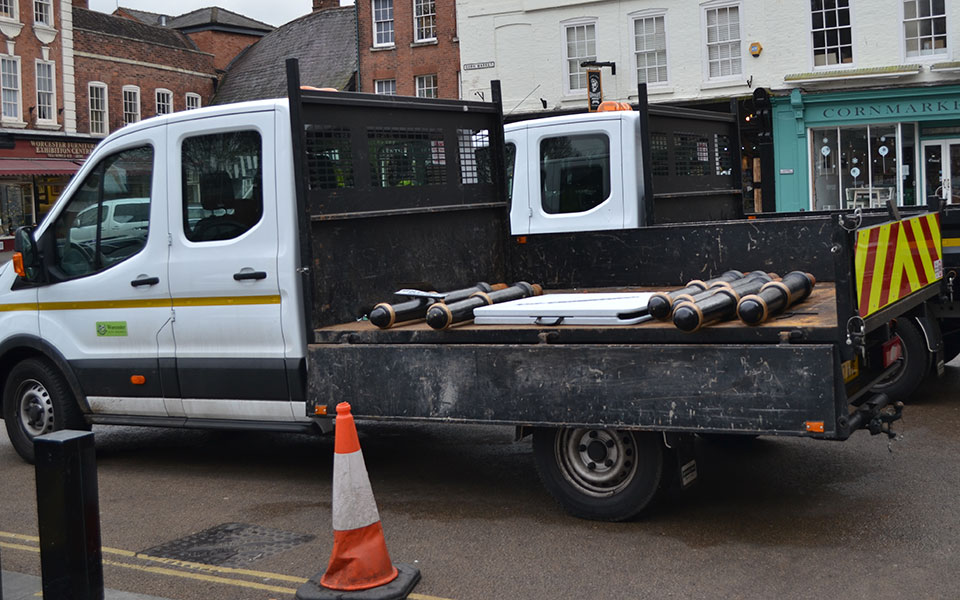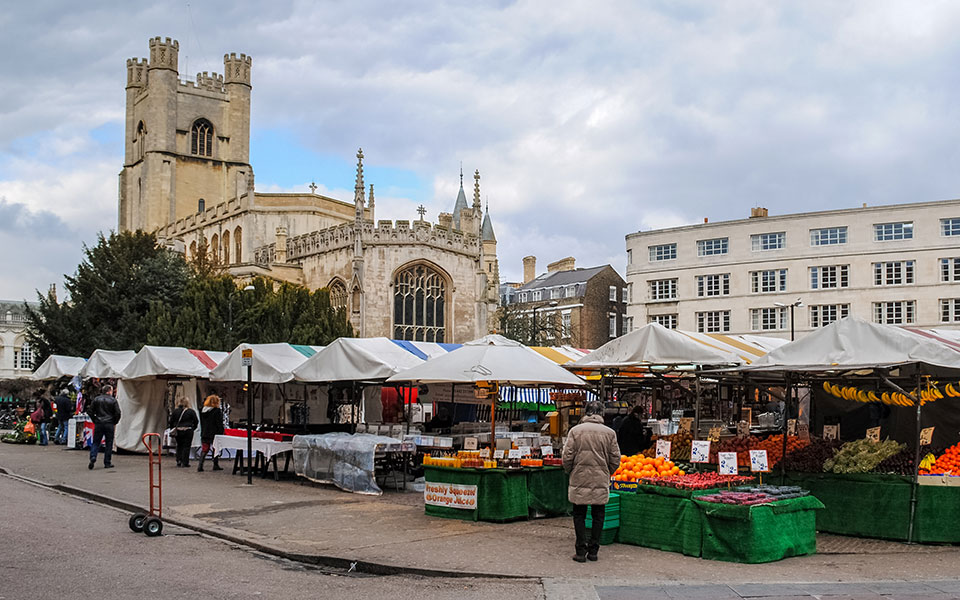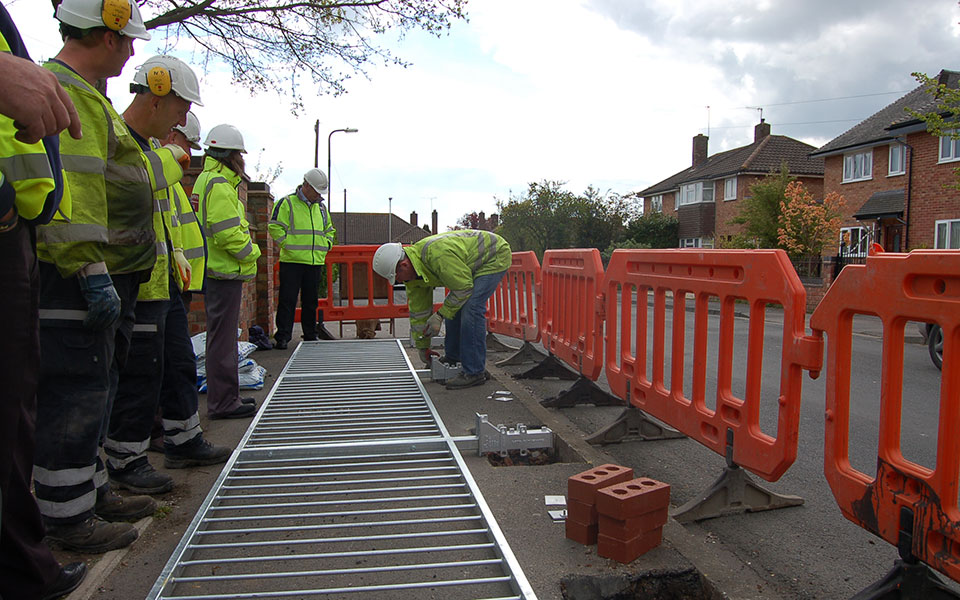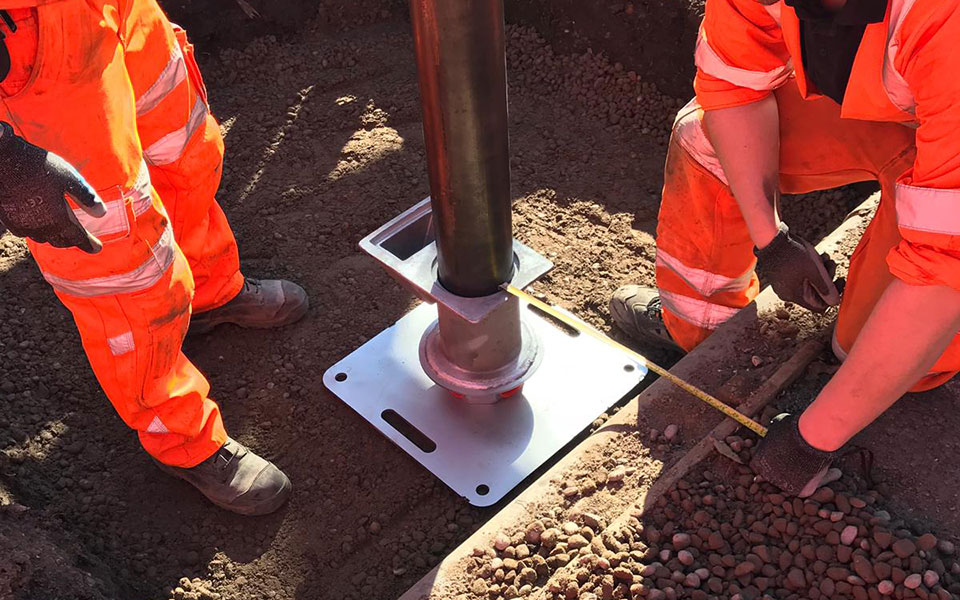Infrastructure problem playbook:
Solving street furniture removal headaches
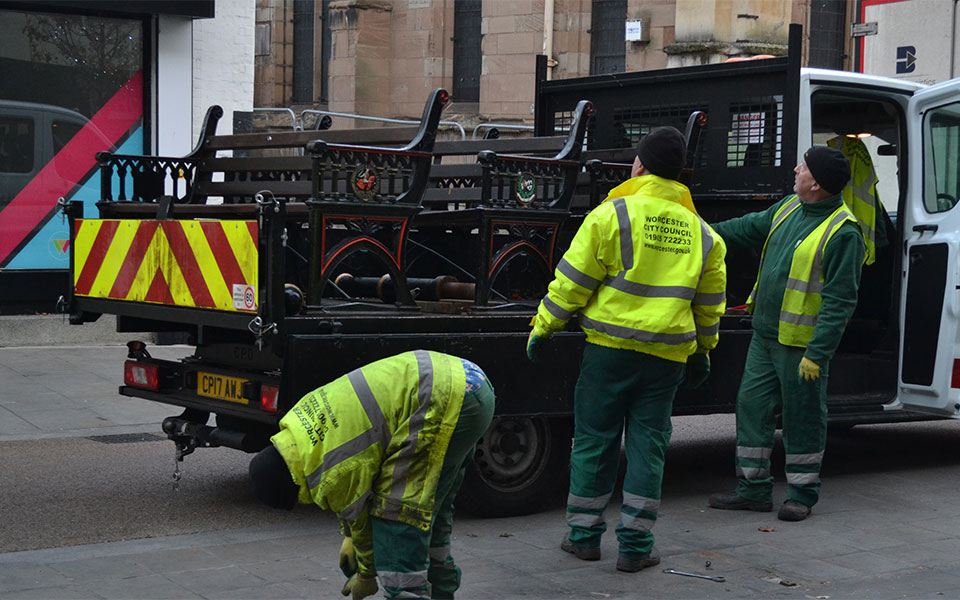
The problem
In busy urban areas, street furniture — such as bollards, cycle stands, and signage —often needs to be temporarily removed to accommodate markets, events, parades, and emergency access.
But traditional installations create significant challenges:
The problem
-
Traditional methods
Furniture fixed in concrete or bolted directly into the ground is both time-consuming and expensive to remove.

-
Operational disruption
Removal often requires excavation, specialist tools, and road closures, which impacts local businesses and traffic.

-
Damage risk
Repeated removal and reinstatement can damage both the surface and the asset itself.

-
Lack of flexibility
City planners and event organisers need adaptable spaces, but permanent installations reduce versatility.

Key considerations
- Public spaces should serve multiple functions and adapt easily for events and community use
- Local authorities must consider cost-efficiency re labour, materials, and long-term operational costs
- Asset longevity – avoiding destructive removals extends the life of street furniture
- Safety - temporary measures for pedestrian access
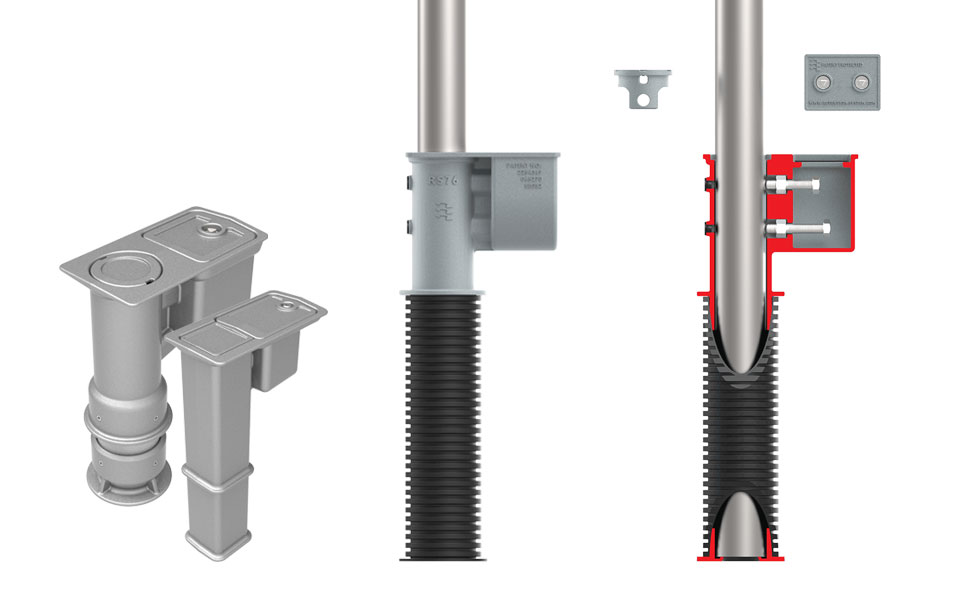
The solution: NAL’s smart retention socket system
NAL’s retention sockets serve as reusable street furniture foundations. They allow for the quick and easy installation and removal of assets using just a key and spanner.
Features include:
The solution
-
Quick, simple removal and reinstallation
Enables street furniture removal and reinstallation in minutes with minimal tools
Furniture is secured by a locking mechanism, not concrete, meaning no re-excavation is needed

-
Preserves surface integrity
No need to break or resurface pavements during removal.
Protects high-value surfaces such as stone paving and resin-bound finishes, especially in heritage zones.

-
Versatile urban space management
Enables event organisers and local authorities to reconfigure streetscapes with ease.
Ideal for busy city centre spaces, where furniture can be removed for markets and reinstalled as often as required.


-
Long-term cost & time savings
Reduces the need for replacement furniture or surface repairs.
Saves on manpower, materials, and maintenance.


Actionable steps for contractors and planners
- Identify public spaces that require adaptable access for events / temporary changes
- Specify NAL retention sockets for all street furniture installations requiring flexibility
- Take advantage of NAL’s CPD training on safe removal and reinstatement processes
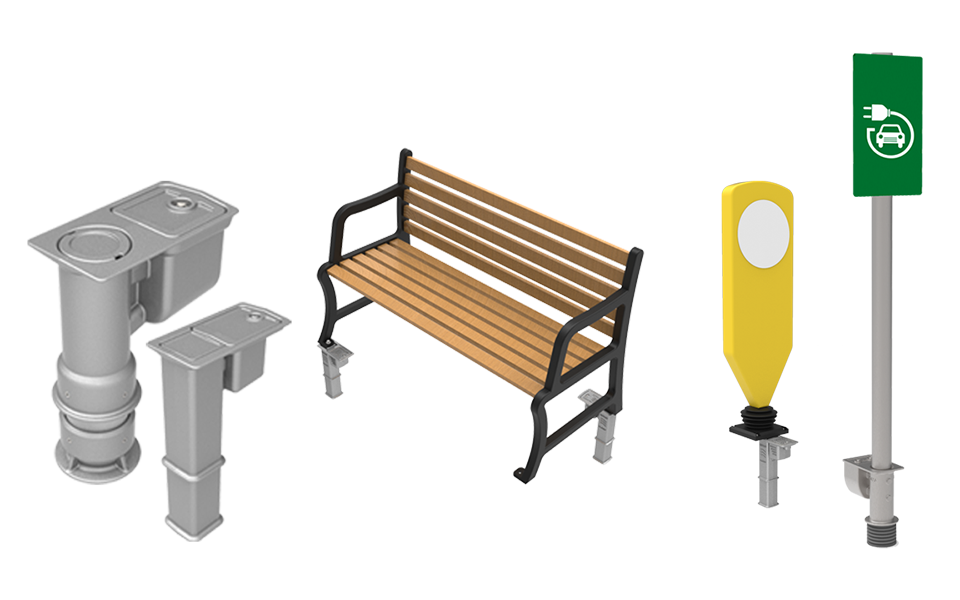
Implementing your solution
By using NAL’s retention socket system, you can:
- Future-proof a wide range of street furniture including cycle hoops, signage, bollards, and lighting columns
- Reduce disruption, enhance flexibility, and support modern urban design
- Make urban spaces more adaptable, cost-effective, and event-ready
- Never compromise on safety or appearance


